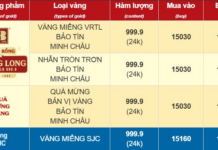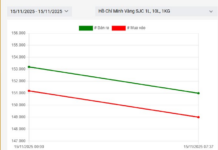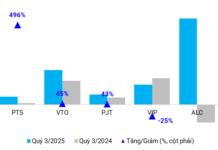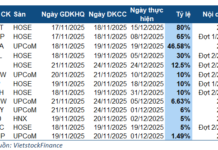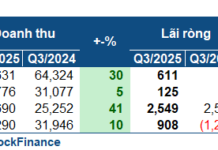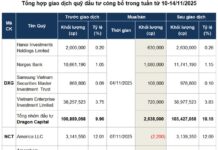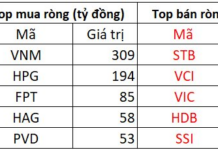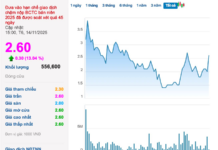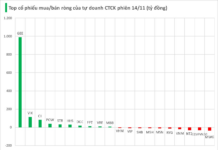
Illustrative Image
Following a decline in the second quarter, Iran’s crude oil exports to China have rebounded significantly over the past three months. This resurgence highlights the enduring appeal of Tehran’s competitively priced supply, despite ongoing international sanctions.
Data from analytics firm Kpler reveals that Chinese ports imported an average of 1.68 million barrels per day in August 2025, a 20% increase from July and substantially higher than the 1.45 million barrel per day average for the first eight months of the year. This trend indicates a growing flow of Iranian oil to China, though monthly figures remain volatile.
However, increased volume does not necessarily translate to higher revenue for Iran. Amid a global oil surplus, Tehran has been forced to reduce prices by approximately $5 per barrel to attract Chinese buyers, who face risks associated with U.S. sanctions.
Notably, this export growth coincides with expanded sanctions from the U.S., EU, and UK targeting vessels, agents, and ports involved in Iran’s oil exports. Yet, the impact of these measures remains limited. The supply chain is largely controlled by Iranian or Chinese entities, which are not directly pressured by Western sanctions. Additionally, numerous “ghost” companies and small operators continue to engage in this trade for profit, while sanctions primarily deter legitimate businesses rather than halting the activity altogether.
Observers suggest that enhancing the effectiveness of sanctions requires more flexible measures, potentially linking violations to trade tariffs. However, international coordination remains challenging, particularly as leaders from involved nations recently demonstrated unity at a military parade in Beijing.
Despite geopolitical pressures, the flow of Iranian crude oil to China continues to expand, solidifying China’s position as Tehran’s most critical customer in a globally oversupplied energy market.
Most recently, the Trump administration imposed additional sanctions on 13 entities based in Hong Kong, mainland China, the United Arab Emirates (UAE), and the Marshall Islands. These measures target Greek national Antonios Margaritis and his network of companies and vessels, which the U.S. Treasury alleges are involved in transporting Iranian oil in violation of sanctions.
The U.S. Treasury also sanctioned Hong Kong-based Ares Shipping Limited and Hong Kong Hangshun Shipping Limited, as well as Comford Management in the Marshall Islands. Eight oil tankers from various countries were also included in the sanctions list.
Source: Reuters
Is the Fuel Price Stabilization Fund Still Necessary for Market Regulation?
“There have been calls for a shift in the management of the gasoline and oil price stabilization fund. Bui Ngoc Bao, Chairman of the Vietnam Petroleum Association, suggested that if the fund is to be maintained, it should be managed by the state rather than the enterprises themselves, as is currently the practice.”






